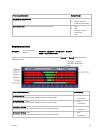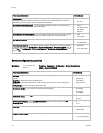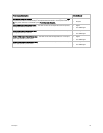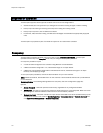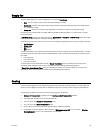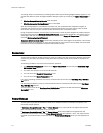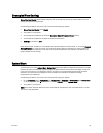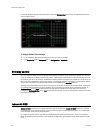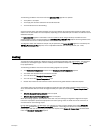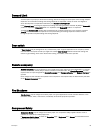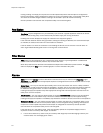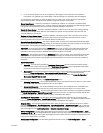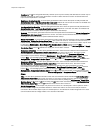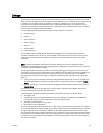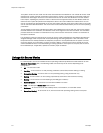
RTU Open 47
The following conditions must be true for the Indoor Air CO2 algorithm to operate:
• The system is occupied
• The supply fan has been started for at least 30 seconds
• The CO2 sensor has a valid reading
As the air quality within the space changes, the minimum position of the economizer damper changes, which
allows more or less outdoor air into the space, depending on the relationship of the indoor air CO2 level to the
differential setpoint.
The Indoor Air CO2 algorithm calculates a minimum position value using a PID loop. The CO2 minimum
damper position is then compared against the
Vent Dmpr Pos / DCV Min Pos setpoint and the greatest value
becomes the final minimum damper position of the economizer output.
The degree to which the outside air damper may be opened by the Indoor Air CO2 algorithm is limited by the
DCV Max Vent Damper Pos setpoint, which is adjustable between ten and sixty percent (10 – 60%).
Heating
The specific heating sequence is determined by the controller's application and configuration. The RTU Open
controls up to two stages of gas or electric heating with an additional output for a
Reversing Valve (Heat
Pump applications).
The following conditions must be true for the heating algorithm to operate:
• The Outdoor Air Temperature is less than the Heating Lockout Temperature setpoint
• The indoor fan has been ON for at least 30 seconds
• The unit has a valid Supply Air Temperature input
• The unit has a valid Space Temperature input
• Neither Cool mode nor economizer are active and the time guard between modes has expired
The heating relays are controlled by the Heating Control PID Loop and Heating Stages Capacity algorithm,
which calculate the desired number of stages to satisfy the space by comparing the
Space Temperature to
the:
• Effective Occupied Heating Setpoint when occupied
• Effective Unoccupied Heating Setpoint when unoccupied
When the heating algorithm preconditions have been met, the heating is energized in stages. Anti-recycle
timers are employed to protect the equipment from short-cycling. There are fixed one minute minimum on
and off times for each heating output.
During heating operation, the RTU Open may reduce the number of active stages if the rooftop Supply Air
Temperature exceeds the Maximum Heating SAT setpoint. A heat stage turned off in this fashion may be
started again after the normal time-guard period has expired, if the
Supply Air Temperature has decreased
below the
Maximum Heating SAT setpoint.



